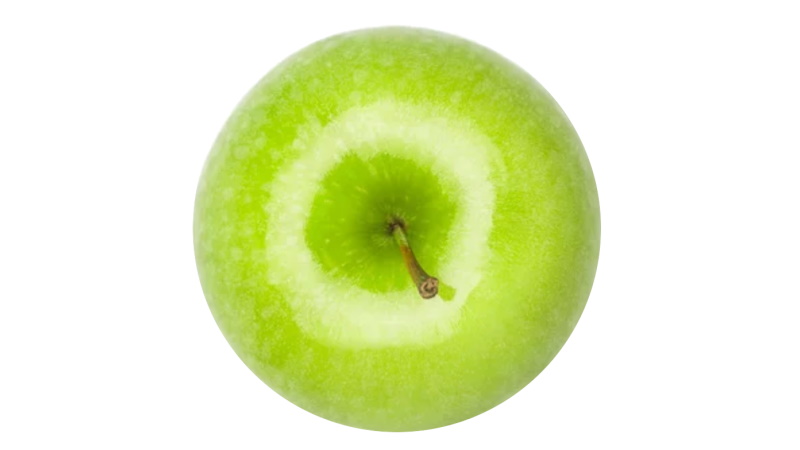When Times Get Tough, Farmers Need to Focus On Consumers
We are all ready for the chaos we’re living through to be over. A worldwide pandemic has killed more than 6 million people and infected more than 500 million. Interrupted in international trade created bottlenecks, driving up prices from everything from cars to fertilizer. Then Vladimir Putin decided invading Ukraine would be a good idea, unleashing worldwide instability, not only political but also agricultural.
As a whole, the produce industry has weathered all of this surprisingly well. Yes, there have been undeniable hardships, from input costs to operations deciding to shut down. But growers are reporting strong sales, higher prices, and developing new customer bases.
Why are we doing OK, relatively speaking?
For one, Americans are spending a lot more time at home, eating with their families. While they had little choice about doing so during the height of the pandemic, it’s now a normal part of life, an Ipsos study shows. Fifty-five percent say they still cook at home more than they did prior to the pandemic.
That translates to more produce purchases and better sales. But what can we expect this coming year with inflation, high fertilizer and control costs, and a less-reliable shipping system?
Buy Local Gets Even Stronger. Until now, the buy-local movement has been consumer driven. With fuel costs and trucking a mess, practical considerations will now push this trend forward.
Grocery stores cannot increase food costs too much and will be looking for ways to save where they can. Imports not only have a supply chain problem, but they also now have an international politics problem.
Ukraine was a major supplier of wheat, corn, and sunflower oil, and the war’s disruption in these areas will have a much wide impact than just those commodities. It’s driving prices even higher.
So local producers will be much more attractive, offering savings in shipping.
Watch for Shifts in the Distribution System. The biggest advances take place when major disruptions arise. We must make changes to how we do things to pull through.
So expect the current trend of streamlining distribution to accelerate. Growers will take on more packinghouse responsibilities, including packaging and marketing and making their crops store ready.
Large Growers Will Increase Contract Growing. With the increase demand for locally grown, expect large growers who already work with national chains to seek out smaller farms across the country. This will give more power to large operations, but it will also give many struggling farms a financial shot in the arm.
Oh, One More Thing
Purdue University is surveying consumers monthly about food attitudes. It gives great insight into how fast-moving issues like war, the pandemic, and fuel costs impact food purchases and consumption habits.
Take a look at some stats from its February 2022 survey results:
- When asked about what impacts their food choices, local foods tied for first place. Choosing organic foods came in sixth out of seven choices.
- 34% wait for their next paycheck to buy groceries.
- When asked about how inflation impacts buying, the No. 1 answer was inflation had little to no impact. The next most common answer is seeking out sales and discounts. Only 11% says they bought fewer “premium” foods like meat and fruit.









